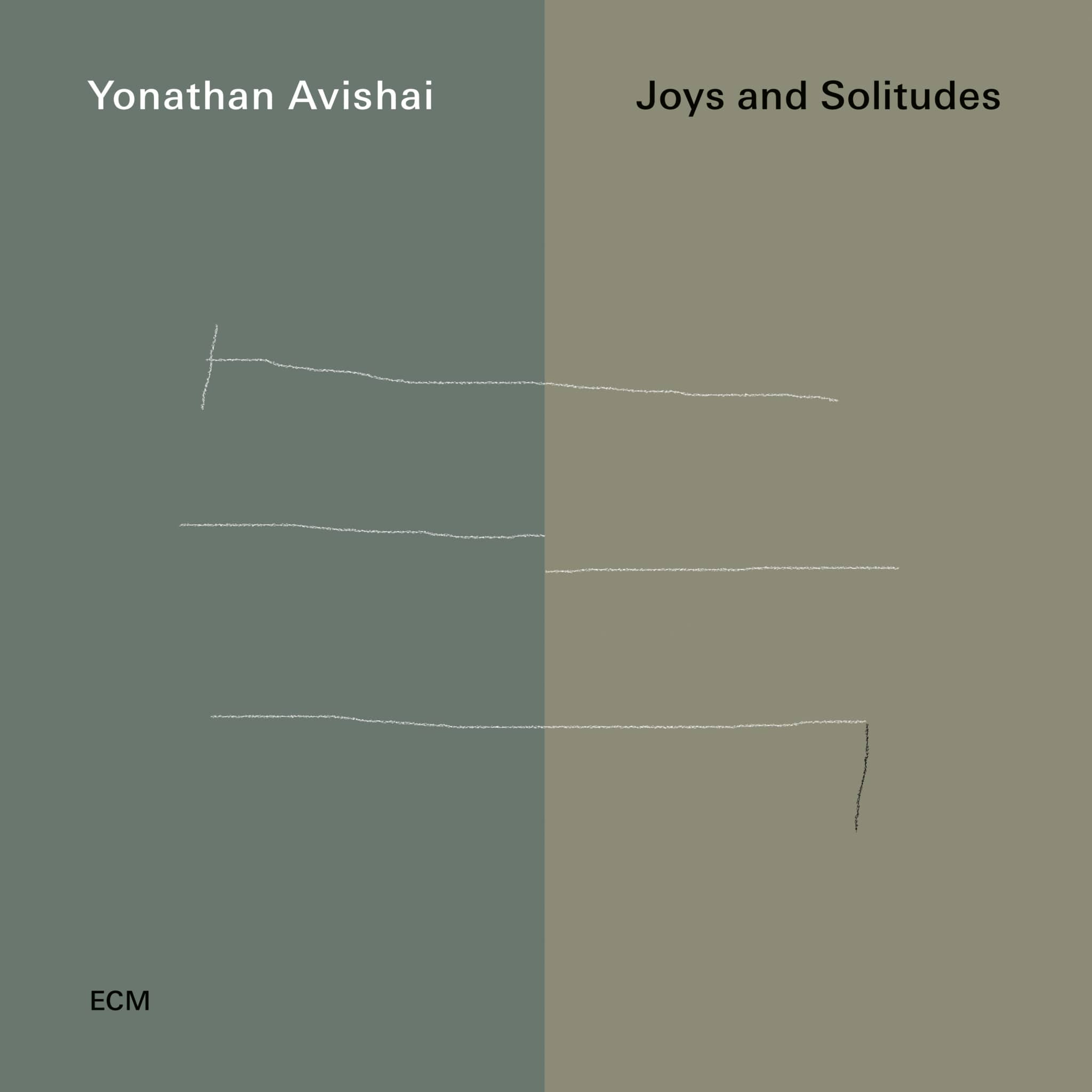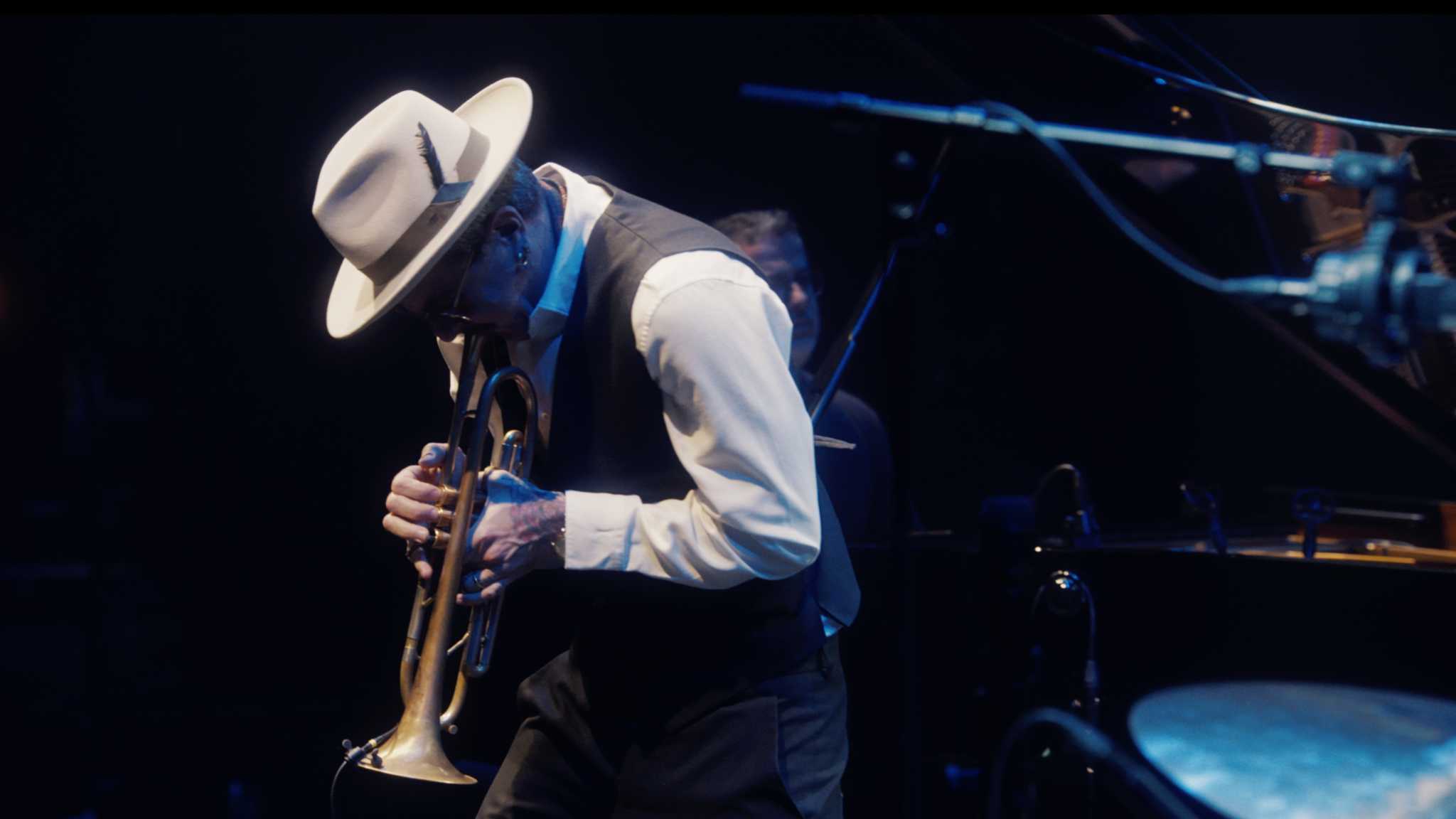Album insights
Chabrier's dominant seventh chords, Ravel's major sevenths, Fauré's simple triads, Debussy's minor sixths, Mussorgsky's augmented fourths, filtered through Satie's quint-sext chords and mixed with a splash of Couperin and a double portion of Stravinsky—this concoction yields the harmonic landscape of Poulenc, as described by Ned Rorem in Opera News, 1977.
In the mid-1930s, two deadly car accidents profoundly influenced 20th-century music. One involved the heir to the fortune of pharmaceutical giant Hoffmann-La Roche based in Basel. His car got stuck on a railway crossing in October 1932, leading to a fatal collision with a train. Two years later, his widow remarried Paul Sacher, a Swiss conductor, who used the substantial inheritance to commission orchestral gems like Richard Strauss' Metamorphosen, Bartók's Divertimento, and Stravinsky's Concerto en ré (Violin Concerto).
The second accident, in August 1936, where a car hit a pedestrian in Debrecen, Hungary, profoundly affected a close friend of the victim, French composer Pierre-Octave Ferroud. Francis Poulenc, deeply moved by this tragedy, embarked on a pilgrimage to the ancient shrine of the Black Madonna of Rocamadour on the banks of the Dordogne. This spiritual awakening at Rocamadour led Poulenc, who was drawn to secular themes, into a steady flow of religious compositions for nearly three decades.
Speculations arise on whether Poulenc would have reconnected with his Catholic roots or embraced his monk-like persona without these events. Despite the intriguing possibilities, what endures is his music: reflective, lush, and uplifting—a blend of elegance and awkwardness, malice and piety, captured by the words of Ned Rorem.
Poulenc's early choral work dates back to a drinking song composed for the Harvard Glee Club in 1922, a stark contrast to the prohibition era in the USA. His academic studies in counterpoint influenced his later ventures in choir music, culminating in a profound understanding of choral compositions.
Diving into Rocamadour's influence, Poulenc crafted a series of religious works, each evolving in vocal style and harmonic complexity. His a cappella compositions shifted from solemn dissonances to ethereal harmonies, showcasing his prowess in choral writing.
Poulenc's Motets pour un temps de pénitence reveal a progressive approach and intricate thematic development, elevating his proficiency in twelve-part a cappella composition. These intricate works foreshadow his monumental a cappella composition, Figure humaine.
Decades later, Poulenc's Quatre motets pour le temps de Noël shed the solemnity of Lenten Motets for a joyous Christmas fervor, featuring humming voices and expressive doubling in octaves. Each motet exudes distinct charm through harmonic inventiveness and meticulous dynamics.
The gestation of Poulenc's Gloria in 1959 was marked by self-doubt and meticulous craftsmanship. The composition journey, plagued with challenges and revisions, revealed Poulenc's demanding creative process and tussles with orchestration nuances.
Despite initial rehearsals fraught with uncertainties, the Gloria triumphed in its premiere, a blend of operatic grandeur and spiritual devotion. Poulenc's eclectic style, fused with influences from various composers, resulted in a vibrant, direct Gloria, shimmering with baroque accents and witty orchestrations.
Poulenc's Gloria, both playful and earnest, encapsulates a mix of opera-like drama, religious fervor, and musical exuberance, attesting to his masterful eclecticism in composition. This exuberant yet reverent work stands the test of time, endearing listeners with its celestial brilliance and unassuming charm.
In his twilight years, Poulenc reflected on his choral compositions, recognizing them as pillars of his religious repertoire. These works, along with Gloria and Stabat mater, represented his quest for spiritual redemption and artistic legacy in the face of mortal uncertainties.


